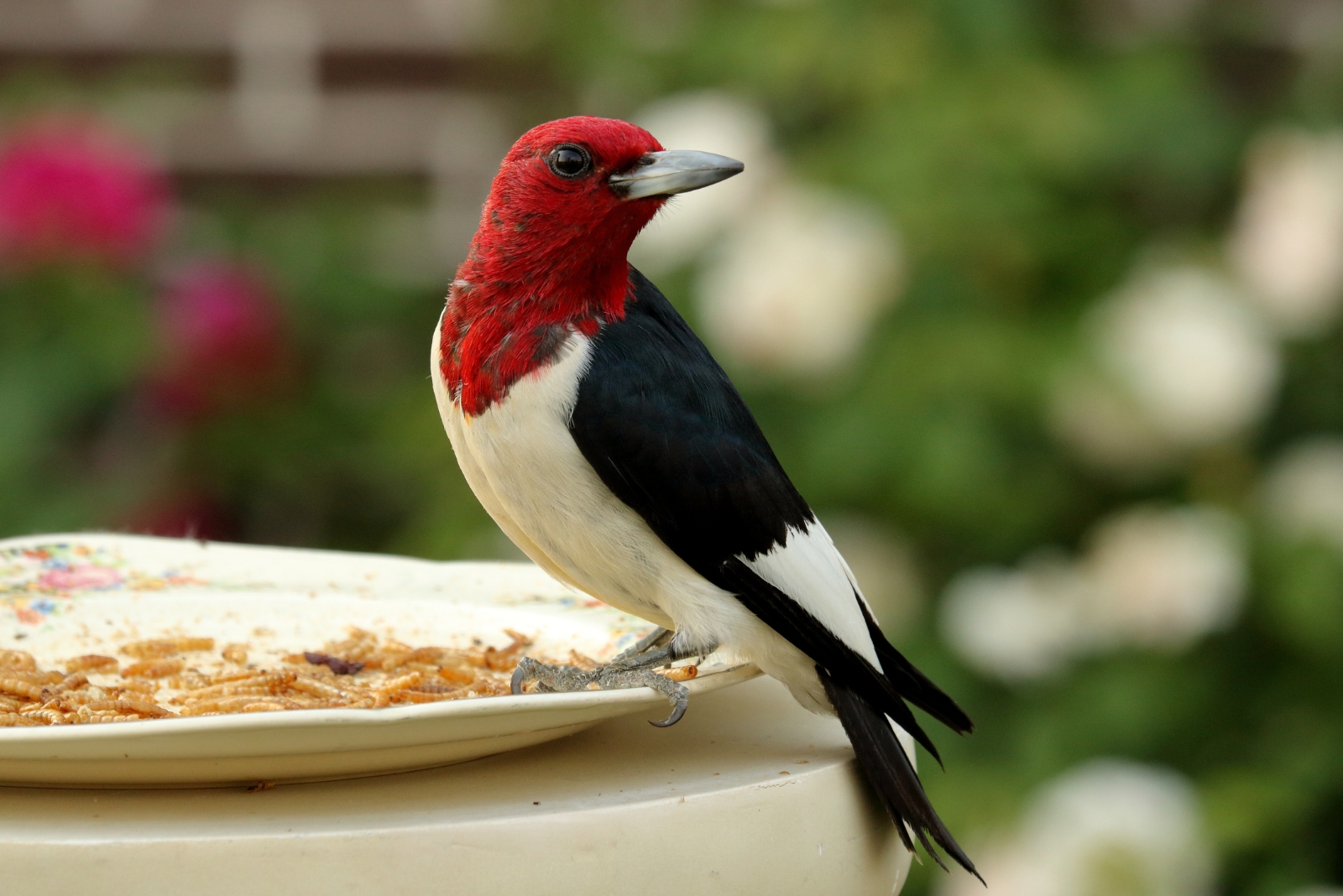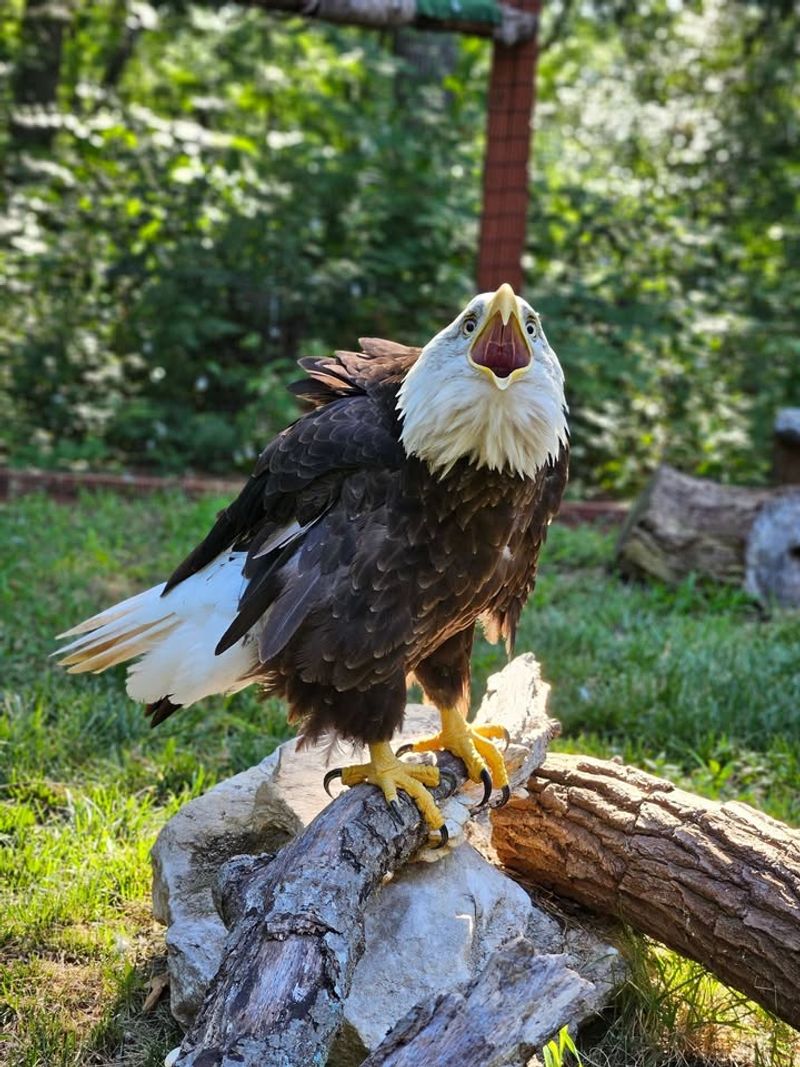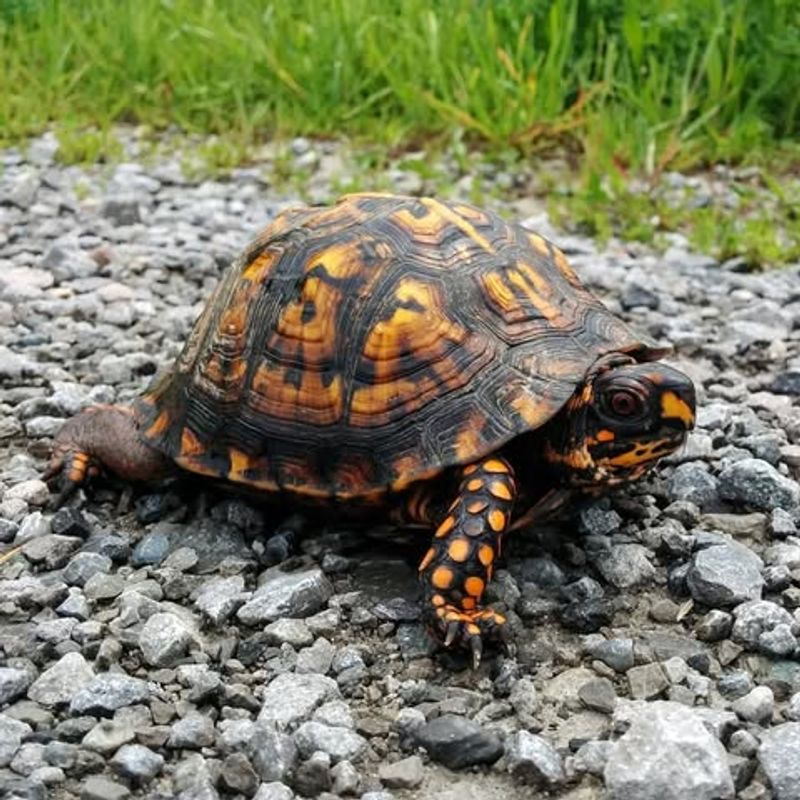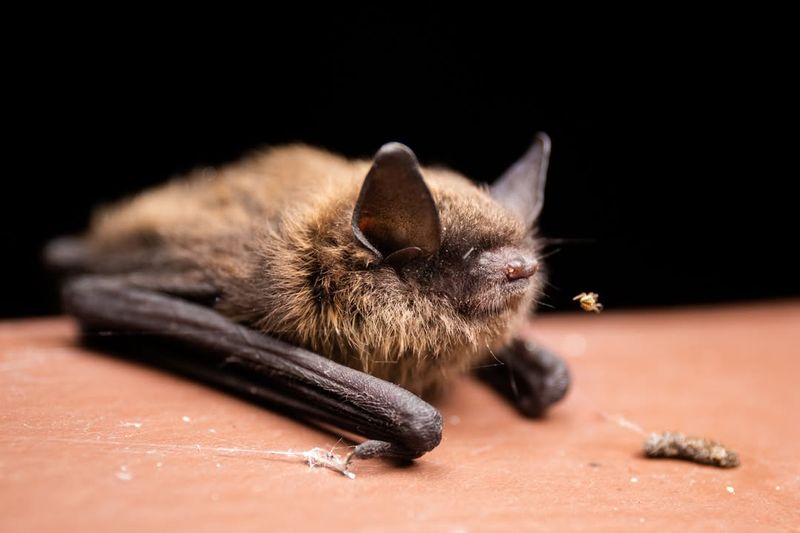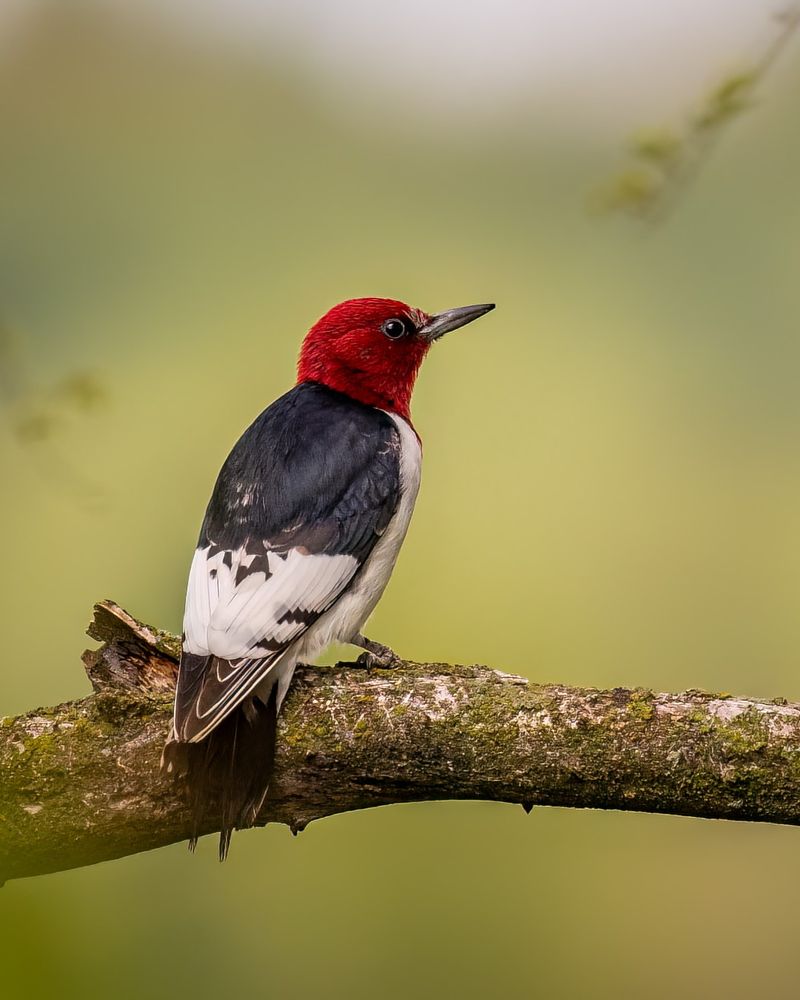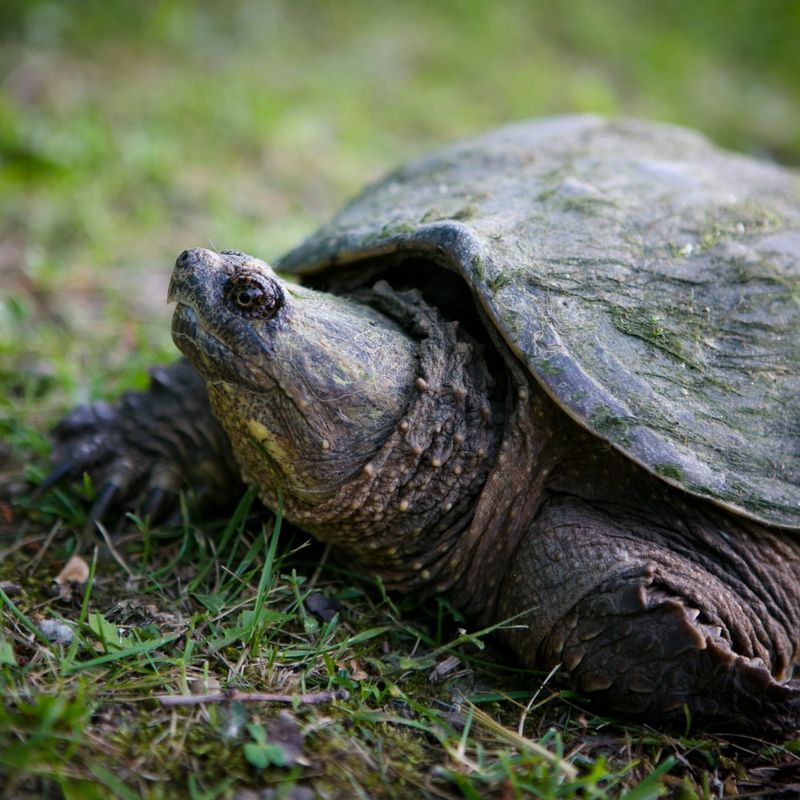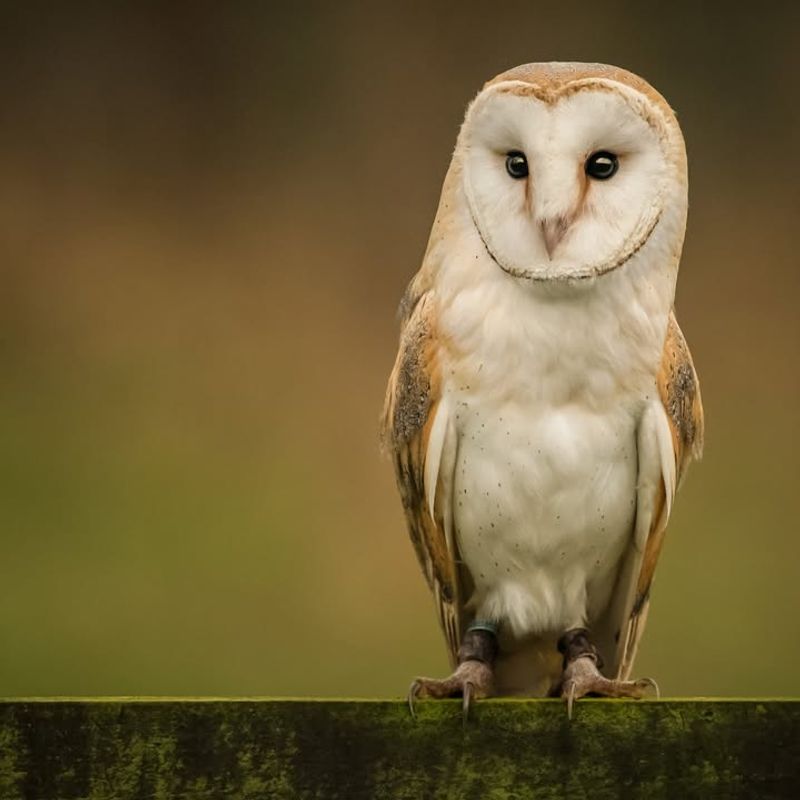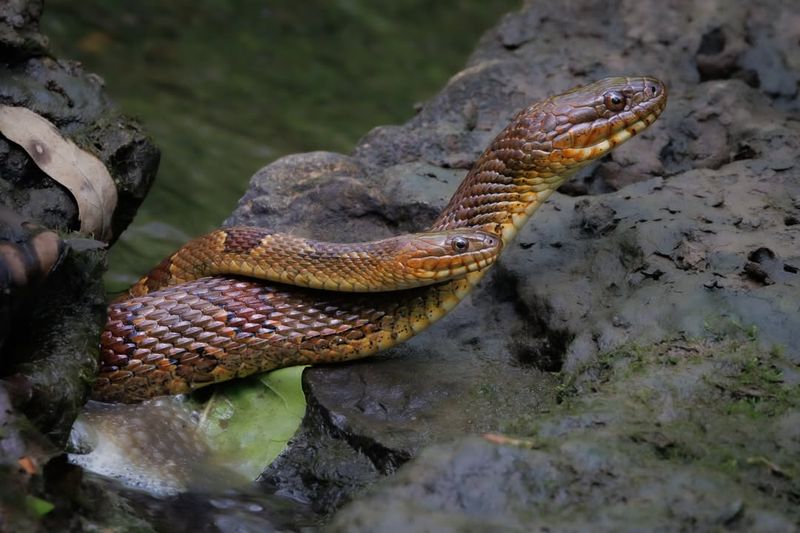Before you reach for the broom or call pest control, think twice—some Maryland critters are off-limits! From protected birds to beneficial bugs, the law has their back.
What might look like a nuisance could land you in hot water if you’re not careful. Here’s the lowdown on the houseguests you can’t just shoo away.
1. Bald Eagles
With wingspans reaching up to seven feet, bald eagles are making a powerful comeback in Maryland after nearly disappearing decades ago. Federal law protects these iconic birds under the Bald and Golden Eagle Protection Act, making it illegal to harm, disturb, or remove them.
If one builds a nest near your home, you’ll need to contact wildlife officials immediately. Penalties for violations can include fines up to $100,000 and prison time. Your best move is admiring these magnificent raptors from a safe distance while they hunt fish along Maryland’s waterways.
2. Box Turtles
Eastern box turtles have been Maryland’s official state reptile since 1993, and removing one from your property is actually illegal. Their populations have declined significantly due to habitat loss and road mortality, earning them protected status throughout the state.
Many people don’t realize that even relocating a box turtle to a nearby park breaks the law. Each turtle has a home range it knows intimately, and moving them often results in death as they try returning home. Let these slow-moving neighbors roam freely through your yard instead.
3. Little Brown Bats
Finding bats roosting in your attic might seem like a nightmare, but Maryland law strictly limits how you can handle the situation. Little brown bats are protected because they’re experiencing dramatic population crashes from white-nose syndrome, a deadly fungal disease.
You cannot kill, trap, or remove bats during their maternity season from May through August when mothers are raising babies. Professional wildlife experts must perform exclusions using one-way doors that let bats leave but not return. Patience is required since the process takes time and careful planning.
4. Red-Headed Woodpeckers
Despite the annoying drumming sounds they make on your siding, red-headed woodpeckers enjoy federal protection under the Migratory Bird Treaty Act. Their numbers have declined by over 70 percent since the 1960s, making them a conservation priority across their range.
Maryland residents cannot legally remove nests, eggs, or harm these distinctive birds with their striking crimson heads. Installing deterrents like reflective tape or providing alternative drumming surfaces might redirect their attention. Consider it free pest control since they devour insects that damage your trees and garden plants daily.
5. Monarch Butterflies
Monarch butterflies recently received consideration for endangered species listing, and Maryland has implemented strict protections for these orange-winged travelers. Destroying their habitat, especially milkweed plants where they lay eggs, can result in violations of state conservation laws.
Many homeowners unknowingly break regulations by removing milkweed from their gardens during landscaping projects. Instead of clearing these vital plants, embrace them as part of your ecosystem. Watching monarch caterpillars transform into butterflies provides an incredible learning experience while supporting a species facing serious survival challenges from climate change and habitat destruction.
6. Snapping Turtles
Common snapping turtles might look prehistoric and intimidating with their powerful jaws, but Maryland law prohibits removing them from your property without proper permits. Their role as aquatic cleanup crews keeps ponds and streams healthy by consuming dead fish and plant matter.
Many people panic when finding snappers in backyard ponds, but these ancient reptiles rarely cause problems if left alone. They’re actually quite shy despite their fierce reputation. If one appears in a dangerous location like a swimming pool, contact wildlife services for safe, legal relocation rather than attempting removal yourself.
7. Barn Owls
Barn owls are incredible rodent hunters that can catch dozens of mice weekly, yet they’re fully protected under both state and federal migratory bird laws. Finding one nesting in your barn or shed is actually beneficial since they provide natural, chemical-free pest control for your property.
Removing nests, eggs, or disturbing these ghostly white birds during breeding season carries serious legal consequences. Instead of eviction, consider installing a proper nest box to give them a designated space. Their eerie screeching calls might startle you at night, but the trade-off is fewer rodents damaging your stored goods.
8. Northern Water Snakes
Often mistaken for venomous cottonmouths, northern water snakes are completely harmless and protected under Maryland wildlife regulations. Killing or removing them without permits violates state law since they’re considered important predators that control fish and amphibian populations.
Property owners with ponds frequently encounter these swimming serpents and react with unnecessary fear. Learning proper identification prevents dangerous mistakes and legal problems. Water snakes have round pupils and lack the triangular head shape of venomous species. They’re actually doing you favors by eating invasive species and keeping your aquatic ecosystem balanced naturally.

